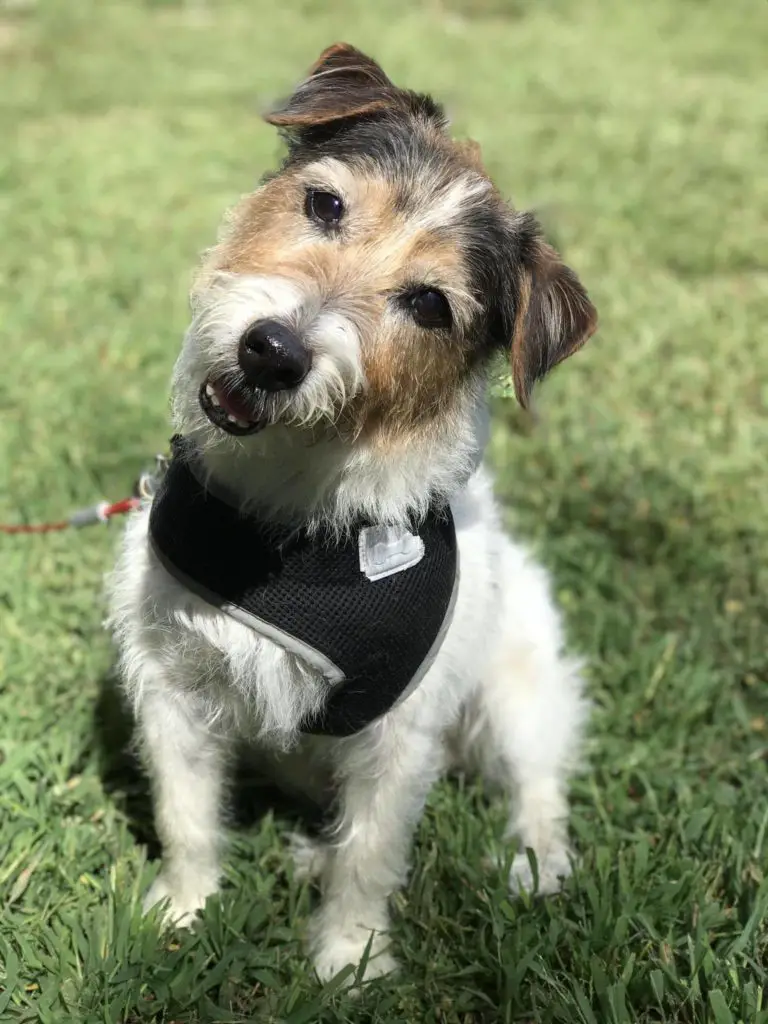Table of Contents
Years ago, there was one kind of assistance dog: the guide dog for the blind. Hearing dogs for the deaf followed soon after. And then, as people began to discover the incredible potential of dogs, the number and varieties of assistance dogs exploded.
*This post may contain affiliate links. As an Amazon Associate we earn from qualifying purchases.
Today there are dozens of different types of assistance dogs. They do different things for different people, but they all have one thing in common: they are highly trained to perform their tasks.
Therapy dogs are one kind of assistance dog. They
Have you ever wondered what it takes to become a therapy dog?
About Therapy Dogs
The main job of a therapy dog is to provide comfort to people in institutional settings like retirement homes and hospitals, as well as in disaster situations. Therapy dogs have been deployed to help victims of natural disasters, school shootings, terrorist attacks, and more.
They may also help people to participate with cognitive or social tasks, and may also assist with some physical activities. Many libraries, for example, employ therapy dogs to help reluctant readers to gain confidence in reading aloud.
Check out this hospital therapy dog in action.
Therapy dogs must be calm and predictable around strangers, and in social situations. They may also have some therapy-specific training. However, this training is different and less intense than service dog training. Also, therapy dogs are generally trained by their owners, while service dogs are trained by service dog organizations.
Finally, although therapy dogs have legal access to the places where they’re working, such as hospitals, they are not protected under the ADA or the Fair Housing Act. Nor are they allowed the same access to public places that service dogs are.
Therapy Dog Training
The first training a therapy dog must have is basic obedience. A therapy dog handler must be certain that their dog will behave in a calm, predictable manner in any situation. Many therapy dogs also have a Canine Good Citizen certificate.

As for specific therapy training, there are numerous options. Therapy dogs are trained by their owners, so an owner can specify his or her own training goals.
There are also organizations that offer therapy dog classes. You might find classes, for example, through your local therapy dog organization, Humane Society, obedience club, or community organization. These classes may include basic obedience training, as well as exposure to strangers, to assistive devices like wheelchairs and walkers, and to institutional settings.
The American Kennel Club also offers a Therapy Dog program.
Does Your Jack Have What It Takes?
A Jack Russell can be a terrific therapy dog in some settings. But not every dog is cut out for therapy work.
First, therapy dog programs generally only accept dogs over one year of age.

There must also be no behavioral issues, such as barking, food-stealing, or jumping up on people. A highly excitable, hyperactive dog is not a good candidate.
But the clever and affectionate Jack Russell can make a good candidate. Check out Sancho, who regularly visits hospitals to bring the patients cheer.
And in this clip from the news, meet Buddy, who works in schools.
What Do You Think?
If you think you and your dog might make a good therapy team, here are some suggestions for what to do next.
First, make sure your pup has basic obedience training. Definitely look into getting a Canine Good Citizen certificate as well.
Next, look for therapy dog classes in your area. This will give you an idea of what the work entails, and which settings might be best for you and your dog.

You can also contact local therapy dog organizations. Interview therapy dog teams about their work. The more you know, the more effective your team will be.
Therapy dogs perform vital services. The work is important and exciting. And, with the right training, you and your dog can be part of it.
Featured Image CC0 by Hansaldenhoven, via Pixabay

